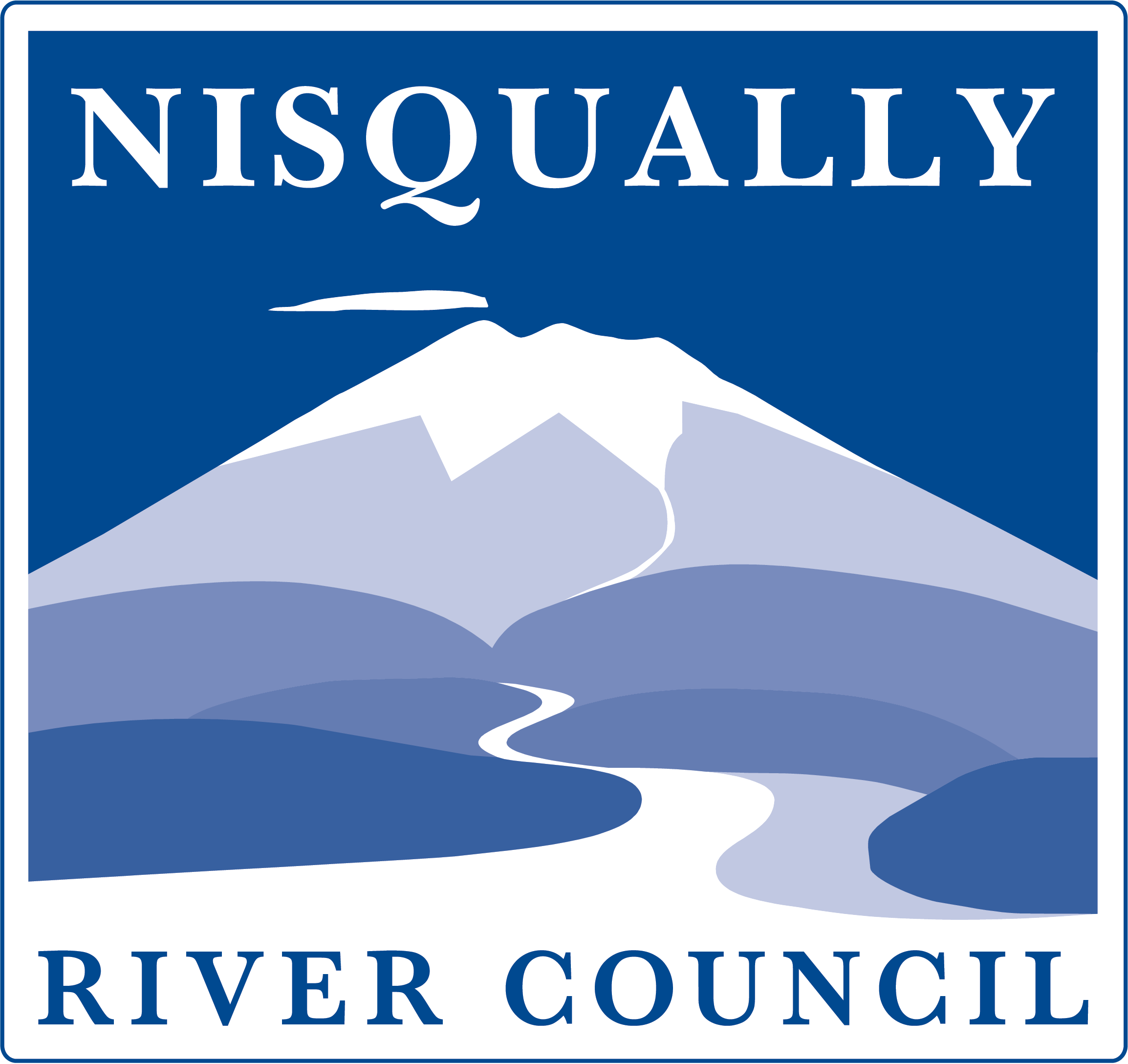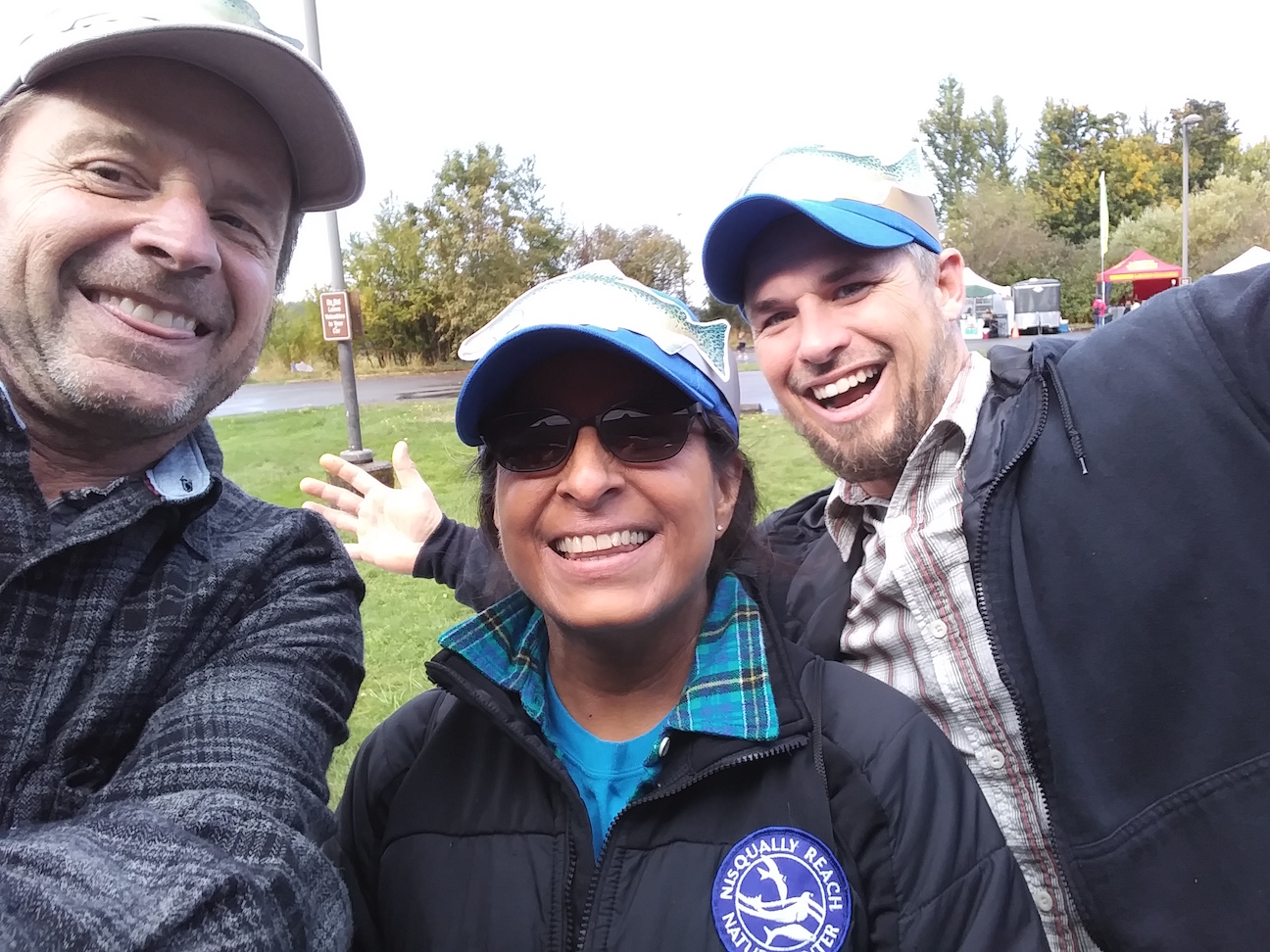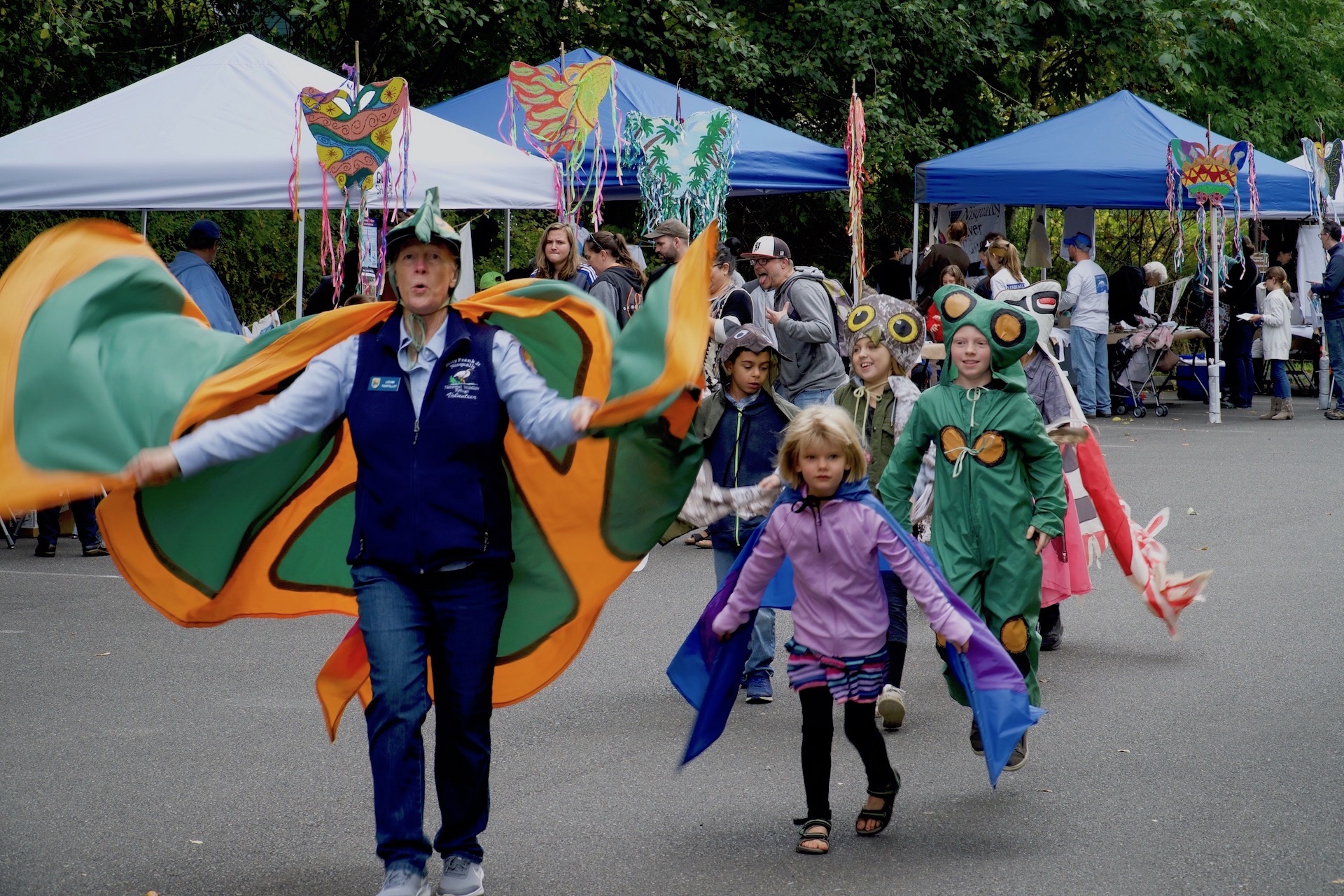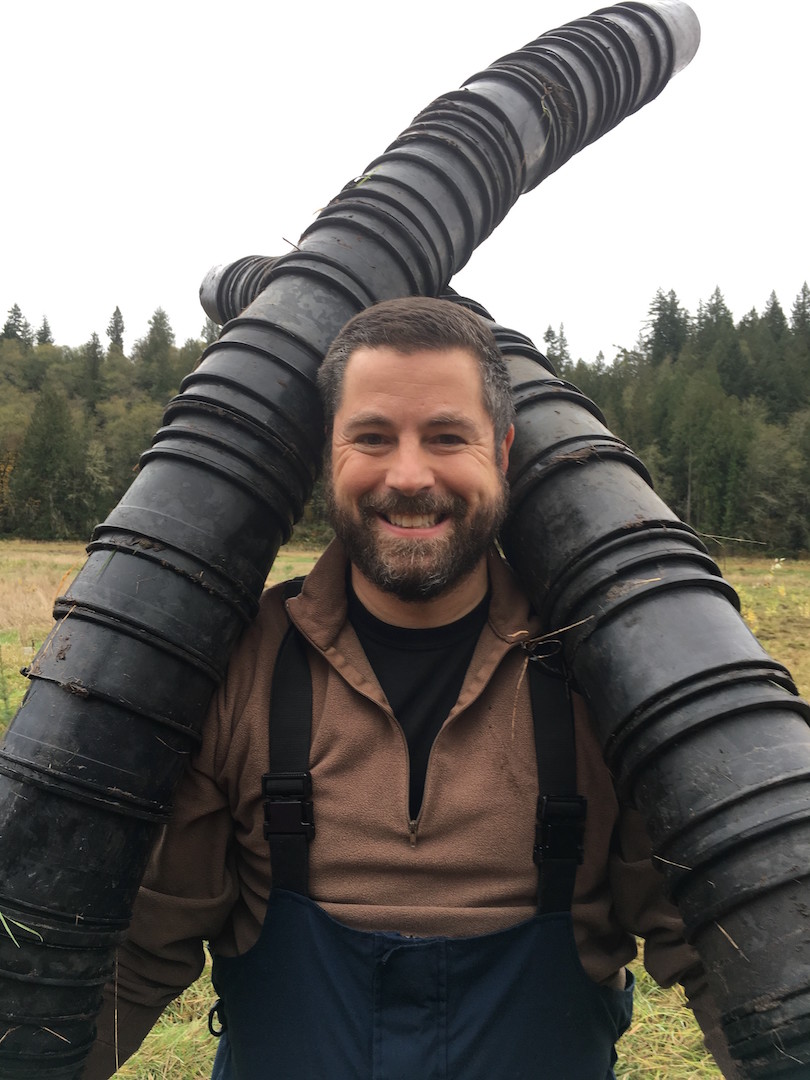
This month’s Executive Director’s Corner highlights the benefits that nature provides us everyday–often without our recognition! Earth Economics, a non-profit based out of Tacoma, worked with the Nisqually River Council to calculate all of these benefits, called ecosystem services, and show how much a healthy ecosystem is worth.
Between $280 million and $4.1 billion dollars. That is the financial benefit that the Nisqually Watershed provides to all of us – locals, Washingtonians, Americans, citizens of the world.
The Nisqually River Council contracted with the local non-profit, Earth Economics, to do a calculation of the value of all of the ecosystem services that the Nisqually Watershed provides and the results were staggering. Highlights from the report below:
—
Ecosystem Goods and Services
Ecosystem Goods
Ecosystems provide goods. Water, timber, fish, crops, and wildlife are examples of ecosystem goods. The production of electricity is sometimes considered a good, sometimes a service. Goods are things you can drop on your toe. Most goods are exclusive, which means that if one individual owns or uses a particular good, that individual can exclude others from owning or using the same good. For example, if one person eats an apple, another person cannot eat that same apple. Excludable goods can be traded and valued in markets. The production of goods, for instance, the quantity of water production per second, board feet of timber cut in a 40‐year rotation, or the weight of fish harvested each year, can be measured by the physical quantity produced by an ecosystem over time. The current production of goods can be easily valued by multiplying the quantity produced by the current market price. The sustainable stream of goods provided by an ecosystem is a “flow of goods.”
Ecosystem Services
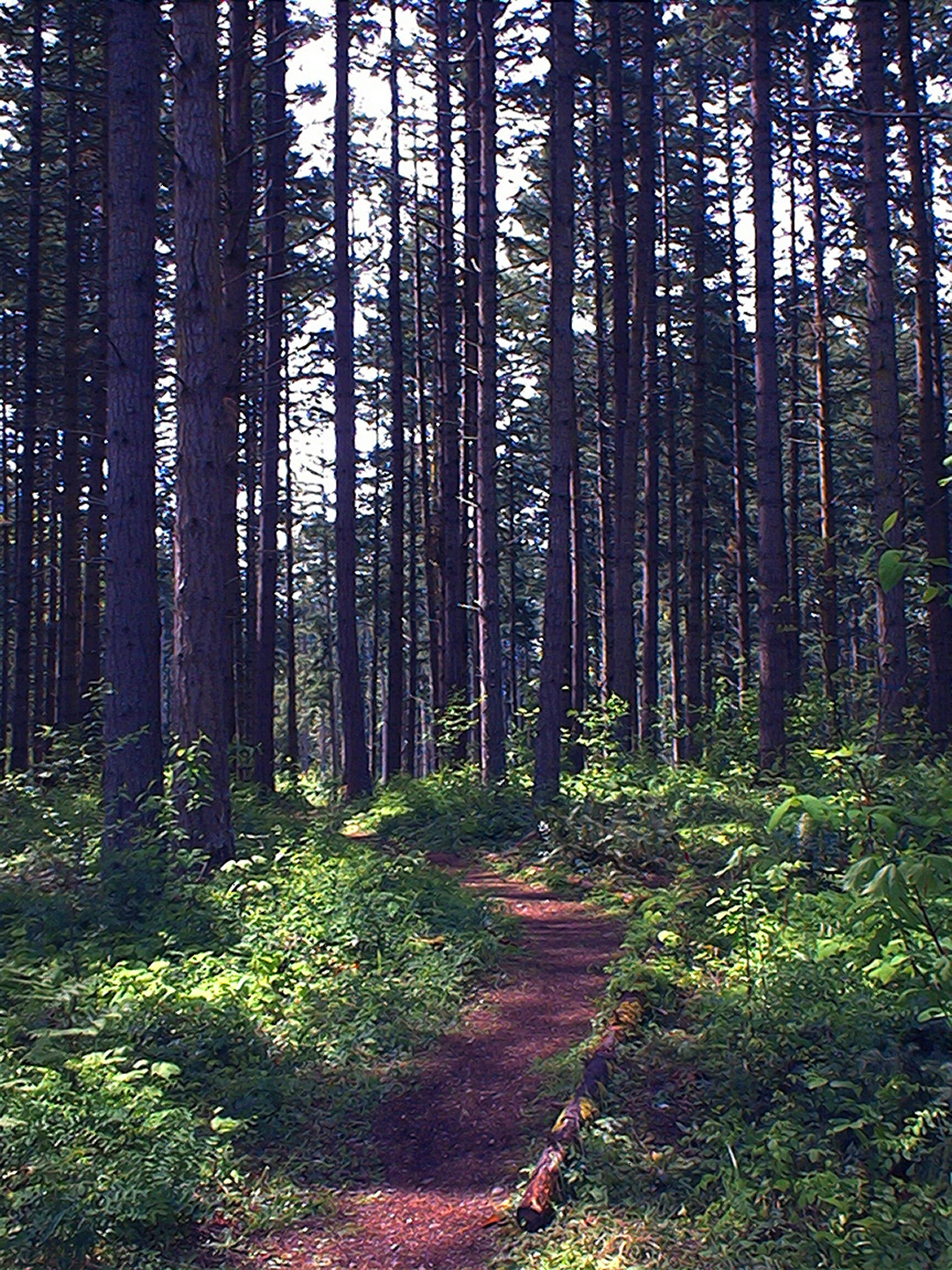 Services are economic benefits that you cannot drop on your toe, like flood protection, aesthetic value or recreation. Ecological services are defined as “the conditions and processes through which natural ecosystems, and the species that make them up, sustain and fulfill human life”. Ecosystems provide a variety of services that individuals and communities use and rely upon, not only for their quality of life, but also for economic production. Ecosystem services are measurable benefits that people receive from ecosystems. These services include storm and flood protection, scientific value, recreation (hiking, biking, boating, swimming, hunting, fishing, birding), nutrient recycling, biodiversity, aesthetic value, habitat, and water control.
Services are economic benefits that you cannot drop on your toe, like flood protection, aesthetic value or recreation. Ecological services are defined as “the conditions and processes through which natural ecosystems, and the species that make them up, sustain and fulfill human life”. Ecosystems provide a variety of services that individuals and communities use and rely upon, not only for their quality of life, but also for economic production. Ecosystem services are measurable benefits that people receive from ecosystems. These services include storm and flood protection, scientific value, recreation (hiking, biking, boating, swimming, hunting, fishing, birding), nutrient recycling, biodiversity, aesthetic value, habitat, and water control.
Ecological services are oftentimes non‐excludable. A healthy watershed provides aesthetic value to anyone who looks at it. A person who gazes at Mount Rainier does not inhibit the others from enjoying the view (unless congestion develops). All people downstream benefit from the flood protection provided by a forested watershed. Many ecosystem services, such as oxygen production, biodiversity, habitat, natural water filtration and storm protection are not – and some cannot – be sold in markets.
The stream of services provided by an ecosystem is referred to as a “service flux.” A flow of goods can be measured as quantitative productivity over time, while a service flux generally cannot. As a result, ecological services are more difficult to measure and value than goods.
The study finds that 12 of 23 ecosystem services across 18 land cover types in the Nisqually Watershed give people between $287,600,000 and $4,165,990,000 in yearly benefits. These figures are based on cutting edge economic analysis that is partially supported by a National Science Foundation grant. This valuation used a “benefit transfer methodology” based on peer‐reviewed academic articles and on research in the Nisqually Watershed. The wide range in value will narrow and the values rise as more primary studies are completed, filling valuation gaps and adding precision. However, it is clear that natural systems in the Nisqually Watershed provide at least $280 million/year of value to people.
The ecosystem services examined in the report include climate stability, flood protection, storm protection, drinking water purification and supply, wildlife habitat, pollination, soil erosion control, soil formation, biological control, nutrient cycling, aesthetic and recreational value. The 18 land cover types are: open water, perennial ice/snow, developed open space (low, medium and high intensity), bare rock, deciduous forest, evergreen forest, mixed forest, shrub/scrub, grassland/herbaceous, pasture/hay, cultivated crops, woody wetlands, emergent herbaceous wetlands, and riparian areas with different vegetation types. This report used forest stand size data to calibrate ecosystem services from forest stands of different ages within the watershed.
There are 192 combinations of ecosystems types and the ecosystem services they provide. For instance, forests provide flood protection, wetlands provide habitat. The valuation of ecosystem services is a new field of study; with only 61 of the 192 possible combinations having been valued. The study then likely underestimates the low and high estimates of economic value that people receive from the Nisqually Watershed.
 The study lacks some of the watershed’s ecosystem services that have obvious economic value. The value of ice and snow pack is not included. The Nisqually Watershed’s ice and snow pack store water in the wet winter and release it in the dry summer thus providing value for drinking, agricultural and industrial water, hydroelectric power, flood control, salmon spawning and habitat, and recreation. Although the onset of climate change has increased the economic value of ice and snow pack, no study has been done estimating this value.
The study lacks some of the watershed’s ecosystem services that have obvious economic value. The value of ice and snow pack is not included. The Nisqually Watershed’s ice and snow pack store water in the wet winter and release it in the dry summer thus providing value for drinking, agricultural and industrial water, hydroelectric power, flood control, salmon spawning and habitat, and recreation. Although the onset of climate change has increased the economic value of ice and snow pack, no study has been done estimating this value.
—
We all value the Nisqually Watershed for our own personal reasons but now we also know the value that the Watershed is providing to all of us every year. Truly amazing!
A copy of the study “The Natural Economy of the Nisqually Watershed” can be found here.
